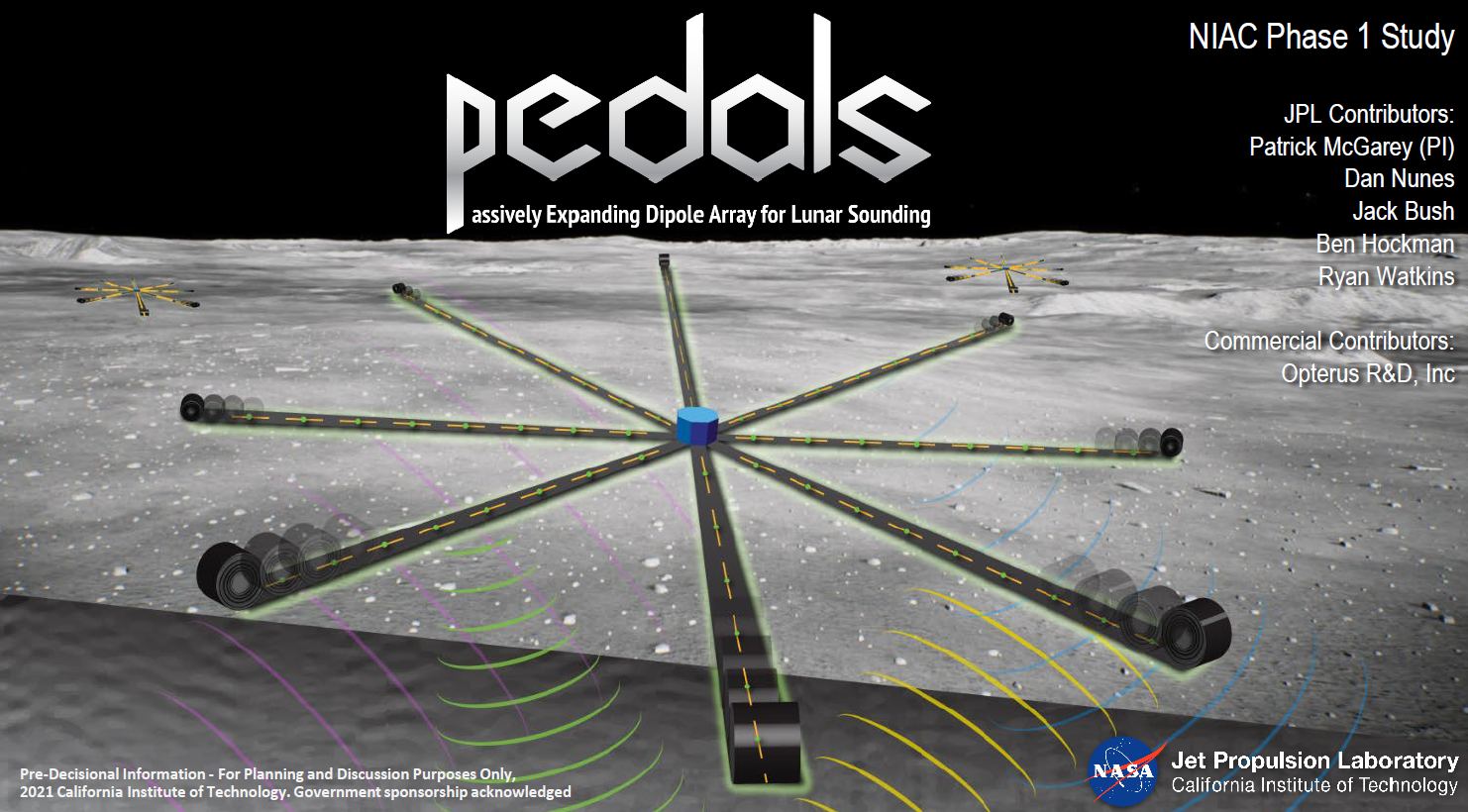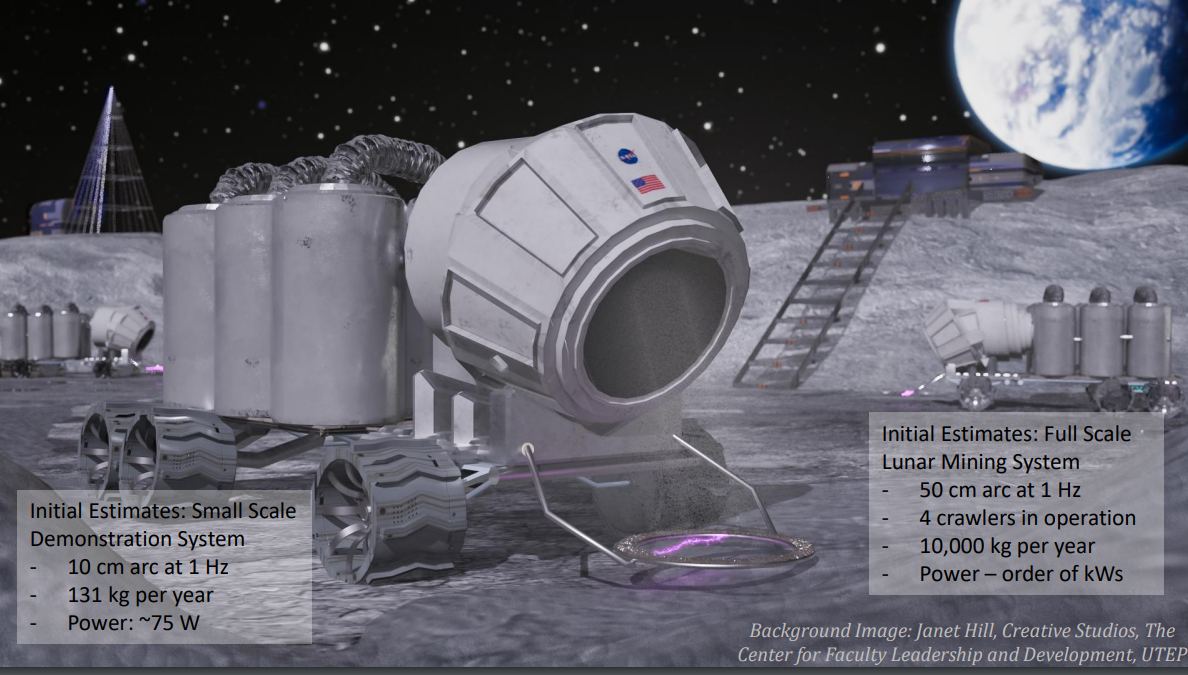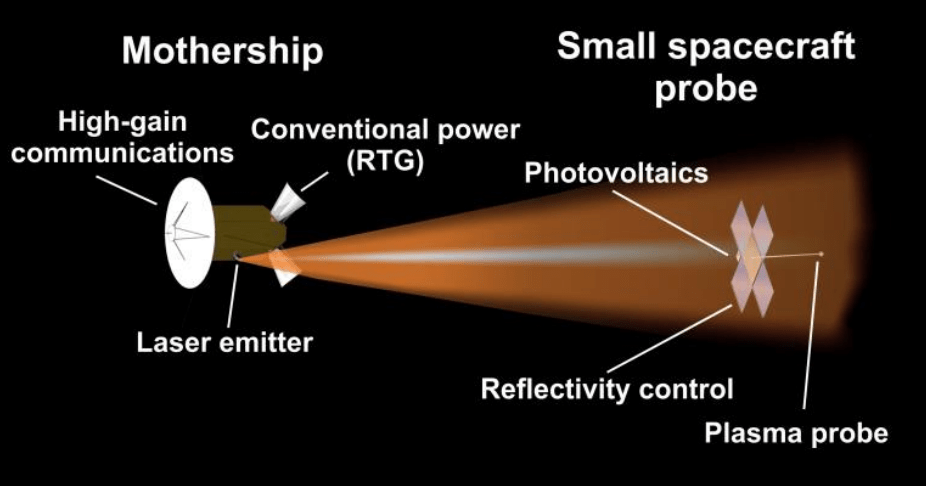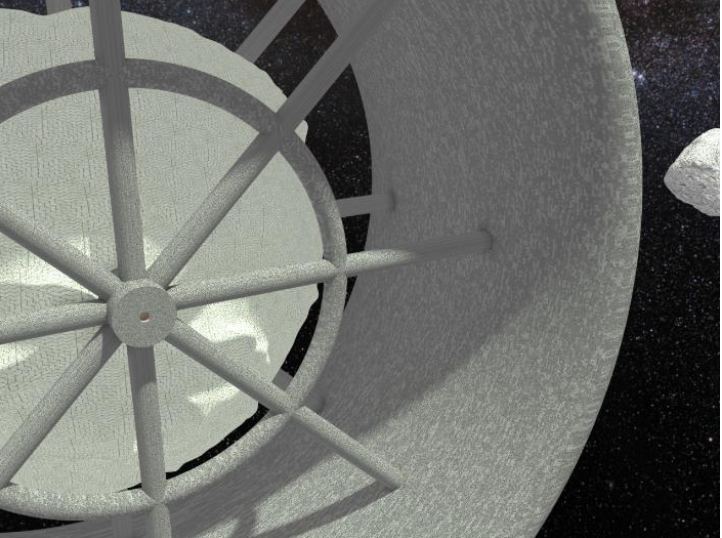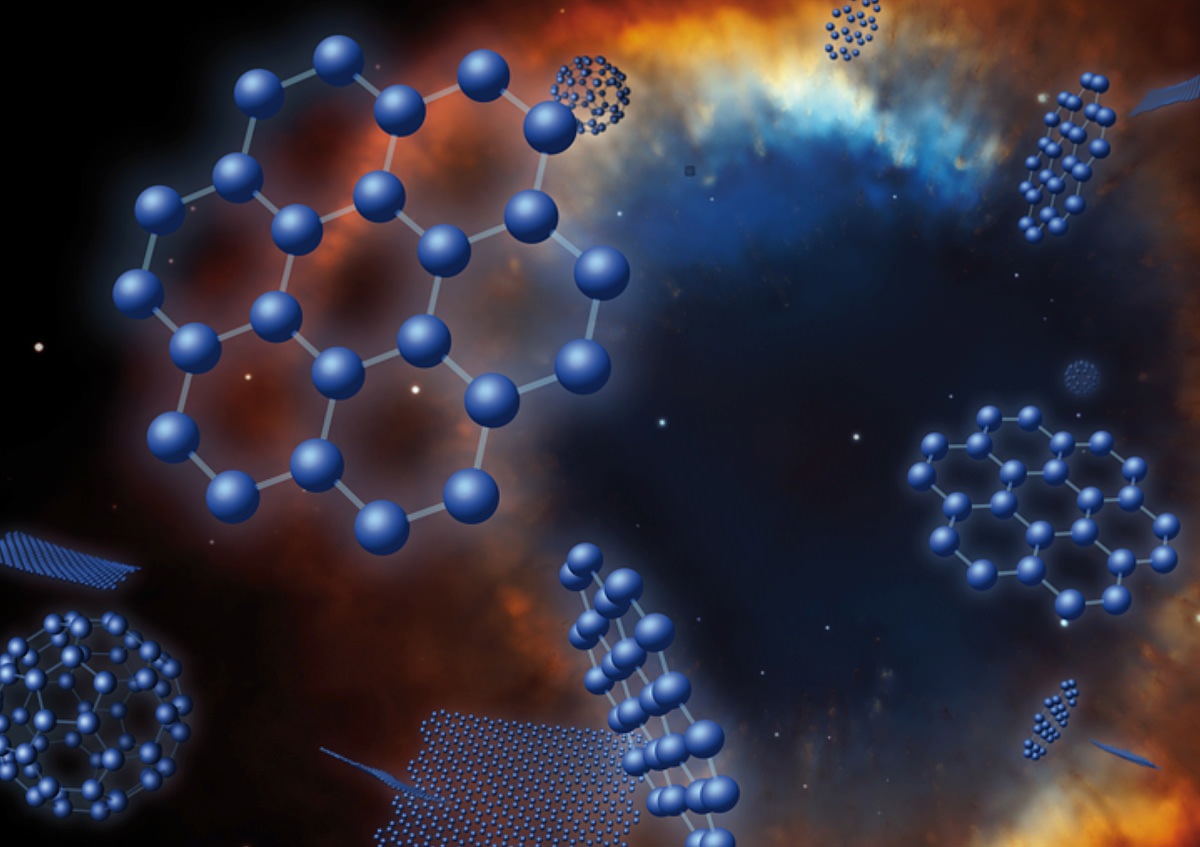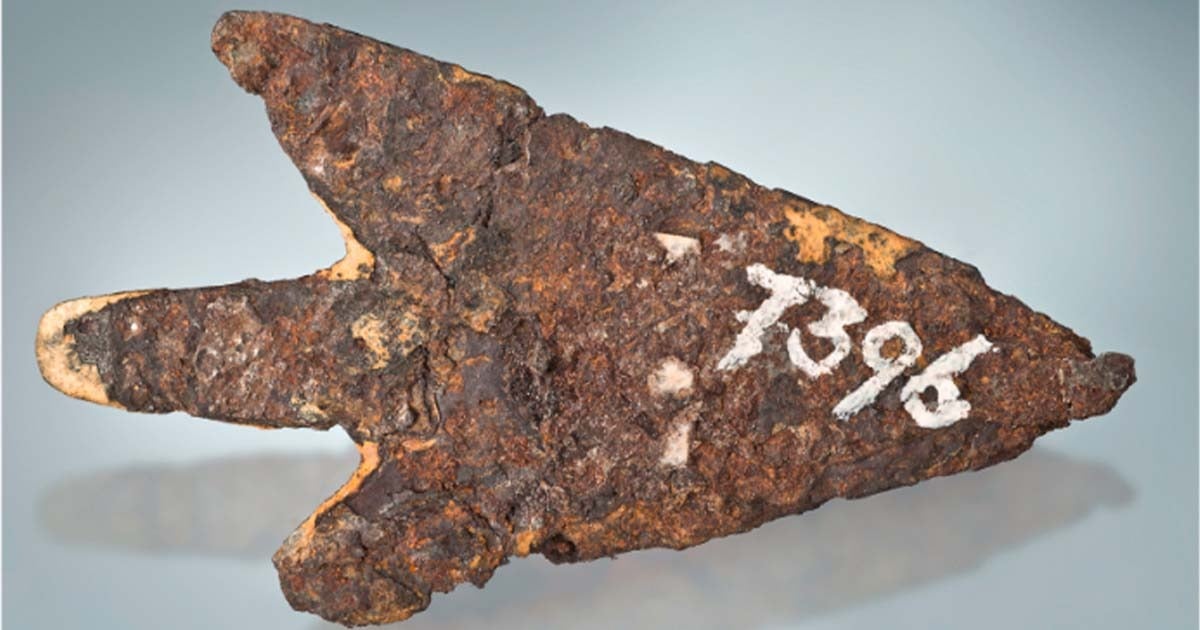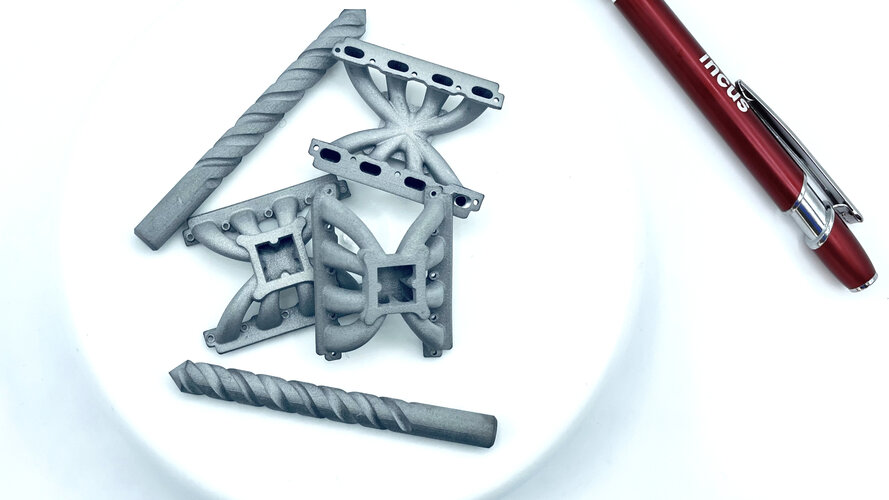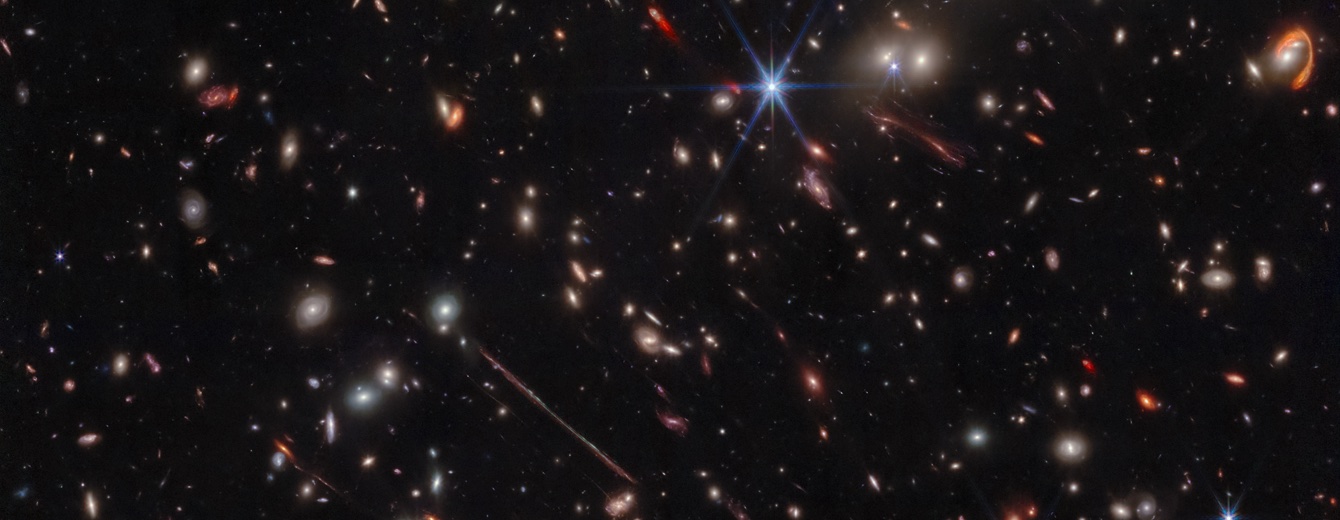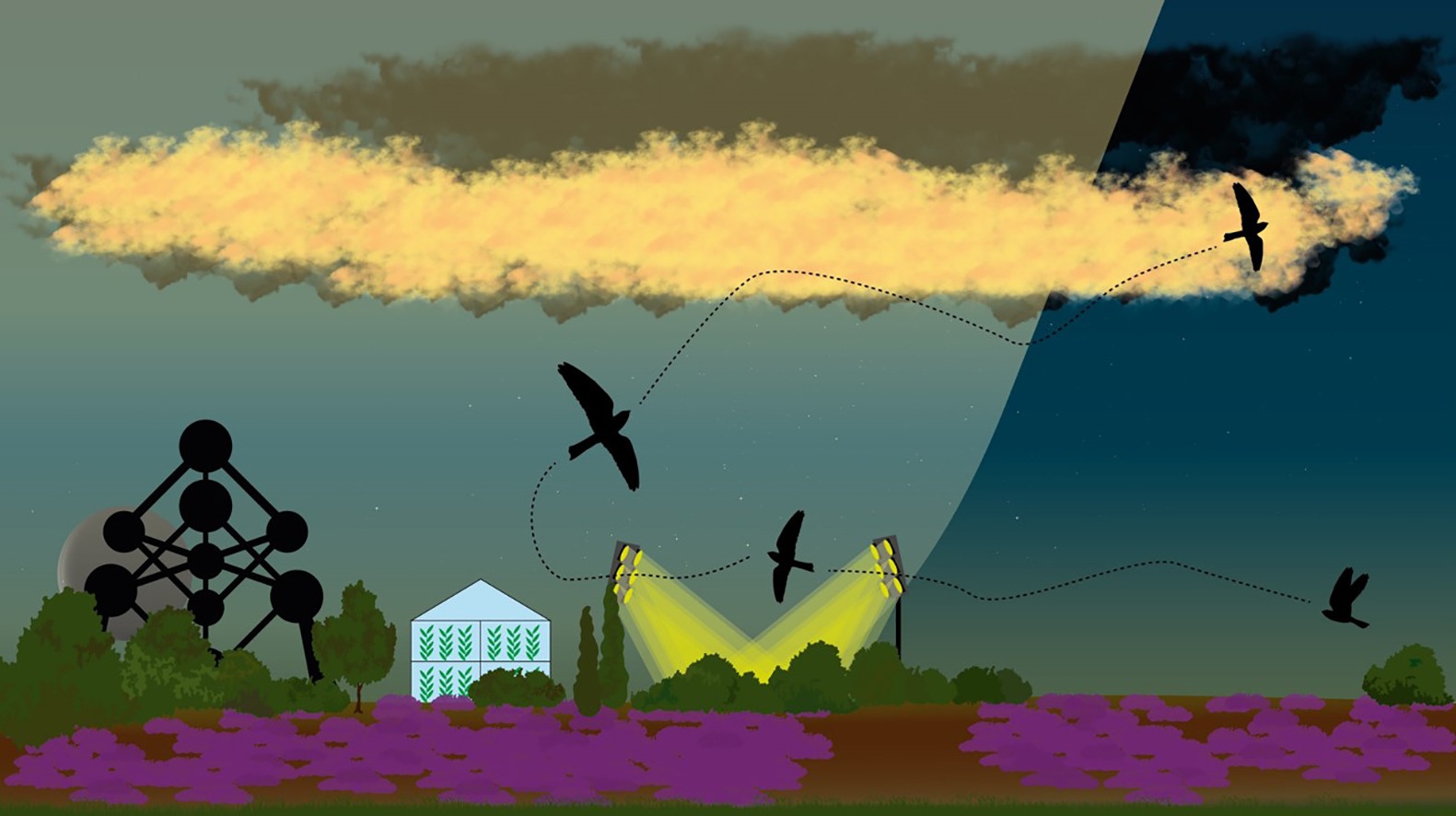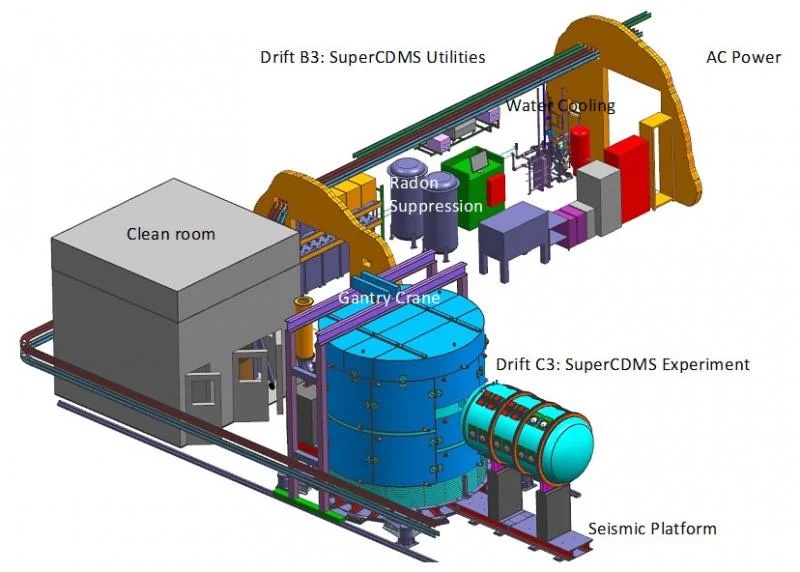Understanding what lies under the lunar surface could be critical to future exploration efforts. A series of missions have already mapped some parts of the sub-surface of the Moon. Still, few have delved deep inside, where large lava caverns or potentially valuable water or mineral deposits may lie. But that might be about to change. NASA’s Institute for Advanced Concepts (NIAC) supplied funding to a novel technology developed by a team at its Jet Propulsion Laboratory (JPL) that could solve the long-standing problem of seeing what lies within the Moon.
Continue reading “Deploying a Huge Antenna On The Moon Could Study Its Insides”We Could Get Material On The Moon By Shocking It With Lightning
Lately, plenty of ideas have been floating around for methods to mine the Moon. That is undoubtedly partly due to the growing enthusiasm for Artemis, NASA’s lunar exploration program, and its planned support for a long-term human presence on the Moon. But what would make the best technique to get valuable material off the lunar surface? How about zapping it with lightning? That is the idea behind a NASA Institute for Advanced Concepts grant given to Dr. Amelia Grieg of the University of Texas at El Paso. And it seems to work.
Continue reading “We Could Get Material On The Moon By Shocking It With Lightning”We Could SCATTER CubeSats Around Uranus To Track How It Changes
Exploration missions to the outer solar system are still sorely lacking, even though they were highly prioritized in the Planetary Science Decadal Survey from 2013-2022. In fact, many planets in the outer solar system have never even been orbited by a probe. For one in particular – Uranus – we must rely on data from Voyager 2, with instruments designed over 50 years ago, or Earth-based observations. Neither solution can genuinely understand the weird physics going on with this planet that is essentially lying on its side. And while there have been plenty of proposed mission architectures to go and look at it, it’s always fun to take a look at a new one when it pops up. A team from Stanford came up with a new concept called the Sustained CubeSat Activity Through Transmitter Electromagnetic Radiation (SCATTER). It was given a NASA Institute for Advanced Concepts grant to develop the idea further. They released a paper a little while ago, and it’s worth digging into here.
Continue reading “We Could SCATTER CubeSats Around Uranus To Track How It Changes”A New Paper Shows How To Change An Asteroid Into A Space Habitat – In Just 12 Years
The basic idea of turning an asteroid into a rotating space habitat has existed for a while. Despite that, it’s always seemed relatively far off regarding technologies, so the concept hasn’t received much attention over the years. But, if you’re retired and have an underlying interest in researching space habitats, developing a detailed plan for turning an asteroid into one seems like a great use of time. And that is precisely what David W. Jensen, a retired Technical Fellow at Rockwell Collins, recently did. He released a 65-page paper that details an easy-to-understand, relatively inexpensive, and feasible plan to turn an asteroid into a space habitat.
Continue reading “A New Paper Shows How To Change An Asteroid Into A Space Habitat – In Just 12 Years”Graphene Could Be A Game Changing Material In Space – With A Bit More Research
Graphene has long been put forward as a wonder material. Undeniably, it has astounding properties – stronger than steel, a better electrical conductor than copper, and lighter than almost anything else with similar properties. And while it’s been partially adopted into space-faring technologies, many use cases remain where a pure form of the material could dramatically benefit the space industry. To detail those opportunities, a group of scientists from the Italian Space Agency recently released a paper that looked at graphene’s role in space exploration – and where it might stand to make an even bigger impact shortly.
Continue reading “Graphene Could Be A Game Changing Material In Space – With A Bit More Research”A Bronze Age Arrowhead was Made Out of a Meteorite
It’s sometimes hard to remember that meteorites have been hitting our planets for millions of years. And some of them are made of valuable materials such as titanium or iron. So, theoretically, at least, our bronze and iron age ancestors could utilize these ready-made metallic rocks without having to dig underground to access them, like they would with regular tin or iron veins. Now, a new study of an arrowhead made out of a meteorite points out just how valuable iron age society thought these meteorites were and hints at a trade network that reached farther than archeologists initially thought.
Continue reading “A Bronze Age Arrowhead was Made Out of a Meteorite”Spacecraft, Landers and Rovers Could be Recycled for Parts on the Moon
Additive manufacturing is slowly becoming more and more useful as the technology improves. One of the places it continues its development is in the realm of space exploration. It has long been mooted as an integral part of any in-situ resource utilization (ISRU) efforts and is especially important for ensuring early explorers on the Moon have the right tools and materials they need to survive. The European Space Agency is supporting that research effort, as their Technology Development Element fund supported work by an Austrian company called Incus to develop a 3D printing solution that could reprint metal parts on the Moon.
Continue reading “Spacecraft, Landers and Rovers Could be Recycled for Parts on the Moon”JWST Sees Multiple Gravitational Lenses in a Massive Cluster: “The Fishhook” and “The Thin One”
We’ve been getting plenty of spectacular images from the James Webb Space Telescope since it began operations last year. Fraser even covered everything we learned from it in a video a few weeks ago. But the news keeps coming, and recently a science team known as the Prime Extra-Galactic Areas for Reionization and Lensing Science (PEARLS) team released a series of four papers describing Webb’s observations of a galaxy cluster known as El Gordo (“the fat one” in Spanish). But what’s more – they also released another absolutely stunning picture.
Continue reading “JWST Sees Multiple Gravitational Lenses in a Massive Cluster: “The Fishhook” and “The Thin One””Light Pollution from Skyglow Changes Bird Behavior
In the astronomy community, we typically this of light pollution as an overall negative. Much research points out its negative effect on our sleep and even our observational equipment. It also significantly impacts wildlife; however, according to a new paper from some Belgian, Swiss, and German researchers, not all of that impact is negative.
Continue reading “Light Pollution from Skyglow Changes Bird Behavior”Dark Matter Experiment Fails to Turn Up the Mysterious Particle, but Narrows its Hiding Places
So much in science is based on constraints. If scientists don’t understand something, they try to constrain it as much as possible so that more precise experiments can finally detect whatever the theorized phenomenon is. Dark matter is notoriously difficult in this regard, as it has evaded detection for over a century at this point, despite even more precise instruments trying to capture a glimpse of it. One of those instruments is the Super Cryogenic Dark Matter Search (SuperCDMS), run by the SLAC National Laboratory and located in northern Minnesota. To help further the cause, researchers looked at the data from the experiment while considering a few new possibilities, and while they didn’t find any evidence of dark matter, they helped tighten the constraints even more.
Continue reading “Dark Matter Experiment Fails to Turn Up the Mysterious Particle, but Narrows its Hiding Places”
